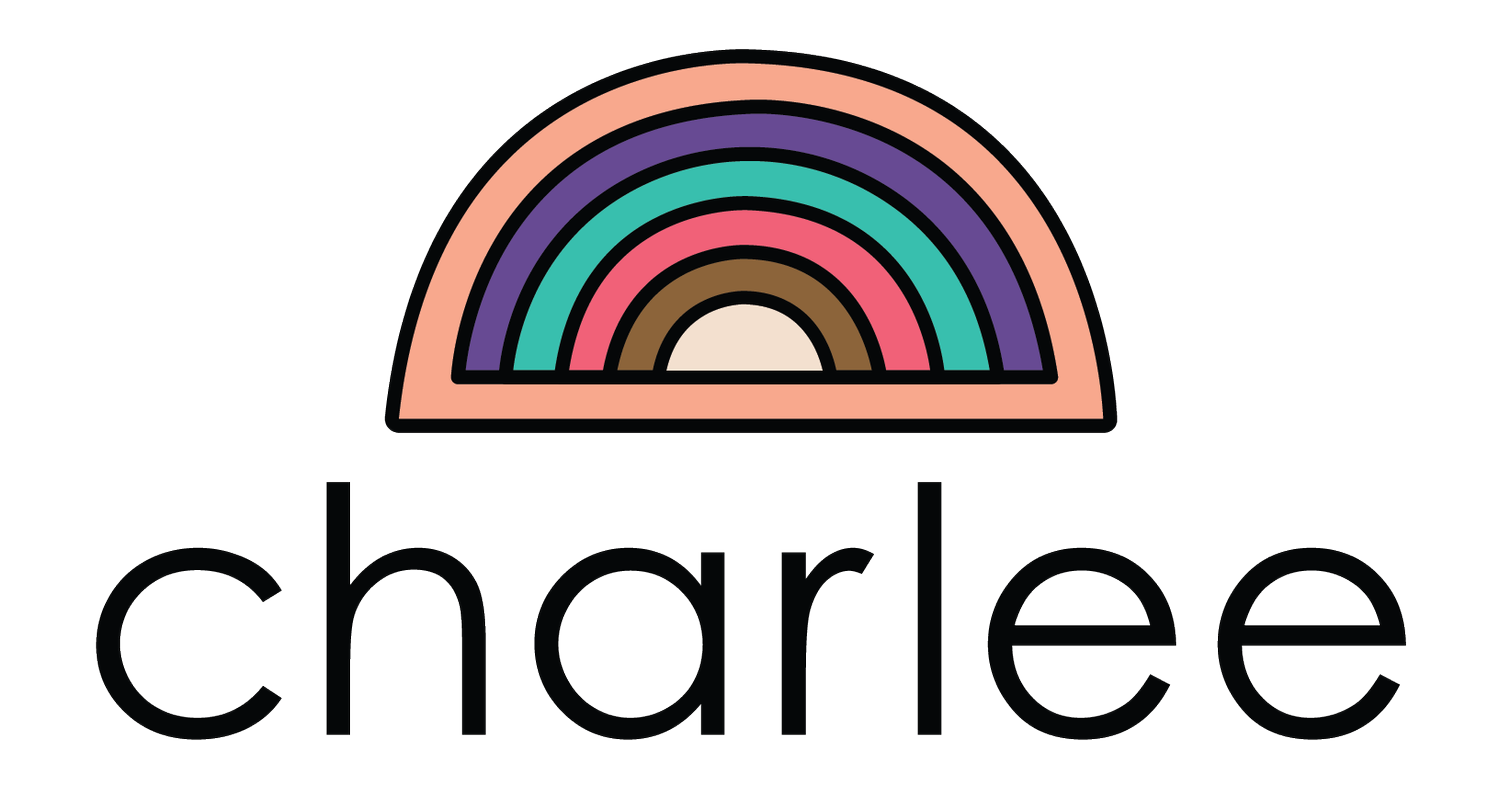
LGBTIQA+ Barriers to Seeking Support
Due to biphobia, homophobia, transphobia, heterosexism and heteronormativity, there are distinctly different risk factors and barriers that LGBTIQA+ people can face when accessing mainstream support.
It is important that to acknowledge these barriers to highlight why LGBTIQA+ individuals might not seek help, and why peer support and resources that centre the unique experiences of LGBTIQA+ people are vital in LGBTIQA+ suicide prevention.
Fear of being blamed for our experiences due to LGBTIQ+ identity
If a person who identifies as LGBTIQA+ feels that they may be blamed or judged for the reasons they're help-seeking (e.g. mental health support, fertility assistance, or treatment for an STI), they may be less likely to seek out help from services. Additionally, if someone has sought out services to come to terms with a part of their identity, they may feel reluctant to reach out again for fear of taking up too much space, or for new struggles being mistakenly linked to their identity.
The automatic assumption of feeling unsafe, unwelcome, or misunderstood
If there aren't explicit cues included within a service to confirm that it's LGBTIQA+ inclusive and safe, it's likely a person will make the automatic assumption that the service won't welcome them or won't know how to respond adequately to their needs. Actions to support LGBTIQA+ people to have positive and affirming experiences in services can look like: asking someone’s pronouns, appropriate registration forms that capture more diverse gender and sexuality information, affirming posters, employing LGBTIQA+ staff, and undertaking training (such as Rainbow Tick Accreditation)
Pathologisation
To pathologise is to medically or psychologically assess something as abnormal. LGBTIQA+ people have faced a long history of experiencing pathologisation in response to their sexuality and/or gender identity. Although same-sex attraction and gender identity have since been depathologised in Australia, there remains distrust, a lack of continuity in service response, trauma in older LGBTI people due to living through pathologisation, as well as the stigma and discrimination that still persist in broader society today.
LGBTIQA+ Self-Stigma
Self-stigma occurs when an LGBTIQA+ person absorbs over time the negative messaging, stereotypes and public attitudes toward LGBTIQA+ identities. These attitudes are largely due to living in a society that normalises and values heteronormativity. Once these negative messages are absorbed, it becomes internalised shame and self-stigma towards themselves and/or broader LGBTIQA+ communities. Over time, internalised shame and self-stigma can result in unhealthy relationships, substance abuse, poor mental health and self-regard, resulting in further isolation and barriers to seeking or receiving support.
Absence of community support outside of services
We cannot underestimate the importance of having a community network and support outside of other support services. Community can provide a sense of belonging and help with affirming identities. When LGBTIQA+ people lack community acceptance and/or peer groups with shared experiences, it can lead to isolation and a lack of empowerment outside of support services and a dependence on them.


